El año 2024 es considerado por los expertos como un período de grandes logros para las misiones espaciales y la industria específica, como parte de los programas que llevan adelante tanto las agencias espaciales de los países, como las empresas privadas del área. SpaceX con su nave Starship; los importantes avances de China, así como la primera caminata espacial realizada por una empresa privada, son algunos de esos logros más destacados. El presente artículo selecciona y describe los “11 grandes momentos espaciales” del 2024.
2024 has been another big year for space missions, with private space companies, space agencies, and even student groups continuing to break new ground.
SpaceX achieved an epic Starship goal, China made lunar science history, and we saw the first private spacewalk in history. All the while, big science missions like the James Webb Space Telescope continued to deliver impressive observations. Every year, humanity expands its understanding of the cosmos. With private space firms continuing to advance at an impressive pace, we are also getting closer to becoming a spacefaring civilization.
Here are the 11 biggest moments of the year for the space industry.
1. Ingenuity’s final flight
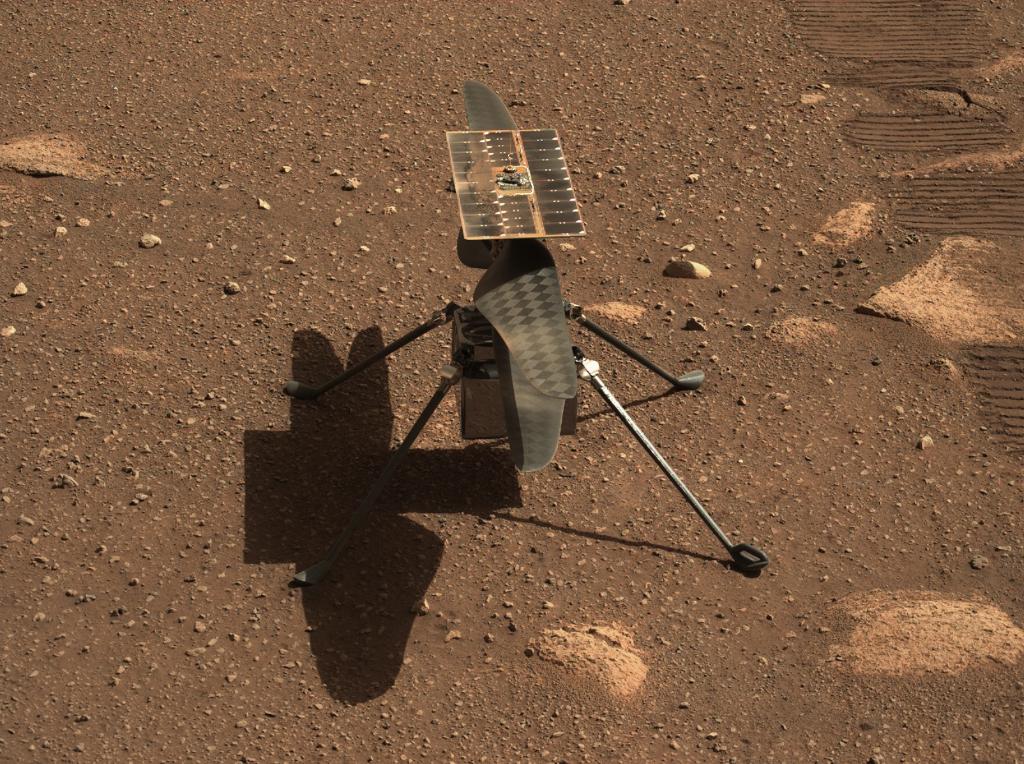
The plucky Mars helicopter first flew on April 19, 2021. It made history by becoming the first vehicle to perform a controlled flight on another planet. NASA engineers initially expected it to last for roughly five flights, but it ended up performing more than 50. Though it won’t fly anymore, its legacy will continue to live on. NASA is using Ingenuity as a reference for future missions set to explore planetary surfaces from the skies.
2. Starship booster catch
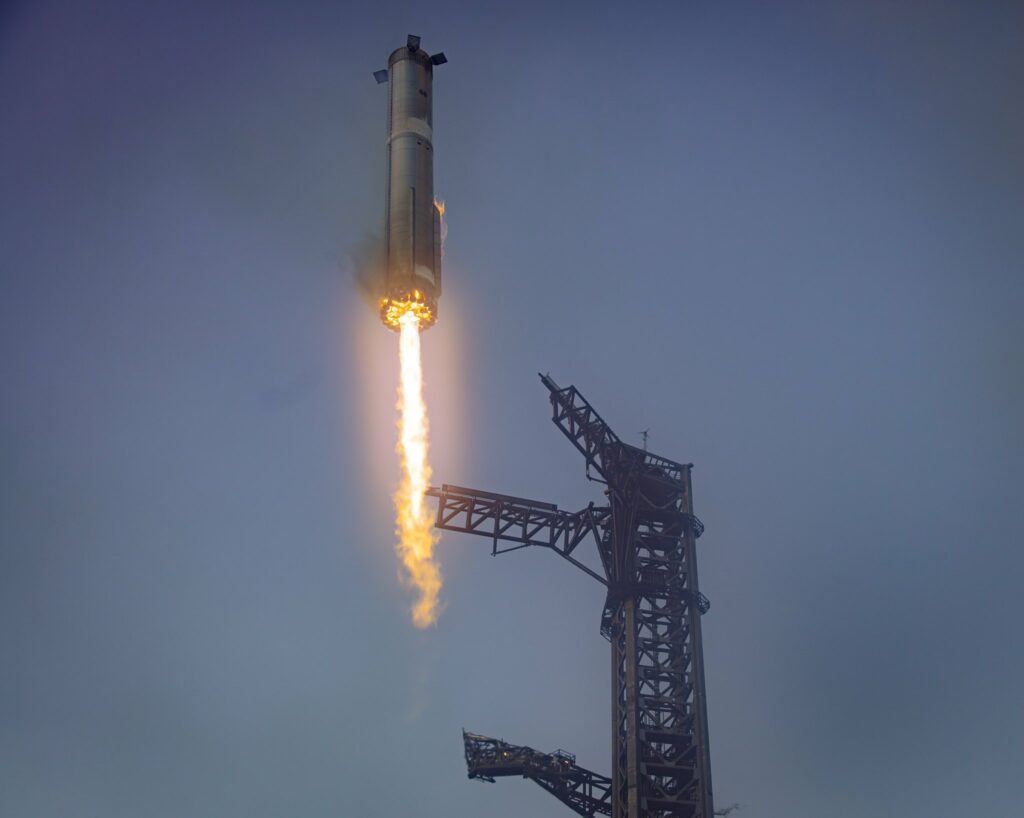
SpaceX’s Starship Flight 5 was the private space company’s biggest achievement of the year. It will also likely go down as one of the biggest moments in spaceflight history. Just a few minutes after launch, spectators watched on as Super Heavy, Starship’s first stage, fell back down to the launch pad.
As it approached the ground, 13 of the booster’s 33 Raptor engines roared to life to initiate a descent burn. Crowds watched in amazement as the booster hovered into the metallic grasp of SpaceX’s Mechazilla launch tower’s mechanical arms. The booster catch, which shows Starship can launch without heavy landing legs, will certainly go down in the history books.
3. Polaris Dawn
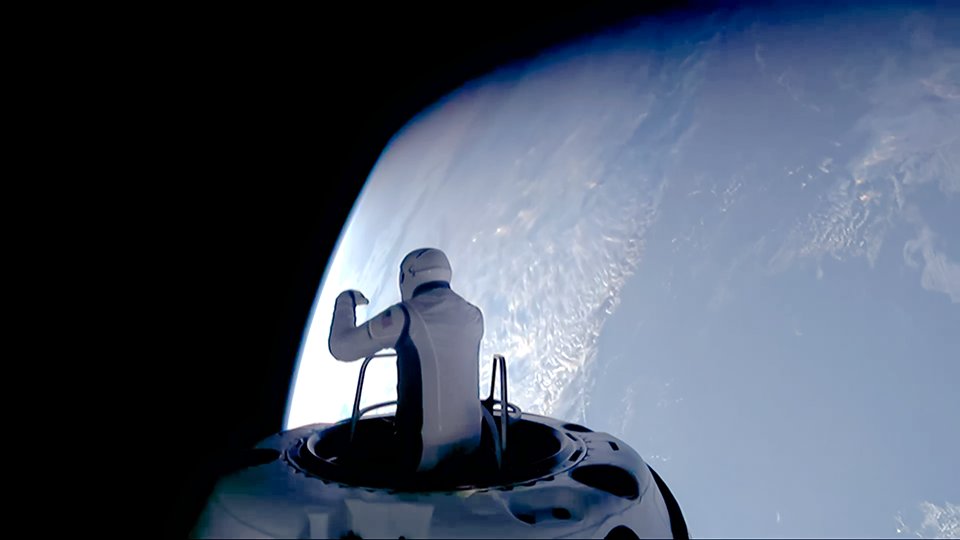
The Polaris Dawn mission saw a private crew of astronauts make history by flying higher than any orbital mission that came before. Not only that, Polaris Dawn mission commander Jared Isaacman became the first private astronaut to perform a spacewalk.
On the third day of the mission, he stepped out of the SpaceX Crew Dragon capsule flying the mission for 10 minutes. As he looked down on Earth, Isaacman “thought about our potential to be something so much greater than the hardships, suffering and divide we all navigate in our daily lives,” he explained to IE in a September interview. Now, Isaacman is Trump’s pick for NASA Administrator.
4. Chang’e-6: China’s lunar sample return
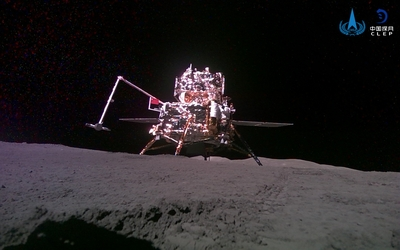
China’s space administration made history in June when its Chang’e-6 (CE-6) lunar probe collected the first samples ever retrieved from the far side of the Moon. The same month, the probe brought the samples, collected at the South Polar-Aitkin (SPA) basin, back to Earth.
Investigating the far side of the Moon is scientifically important for several reasons. In a press statement shortly before the return of Chang’e-6, Chinese Academy of Sciences geologist Zongyu Yue said, “there are significant differences between the farside and the nearside of the Moon in terms of lunar crustal thickness, volcanic activity, composition, etc.”
5. Intuitive Machine’s lunar landing
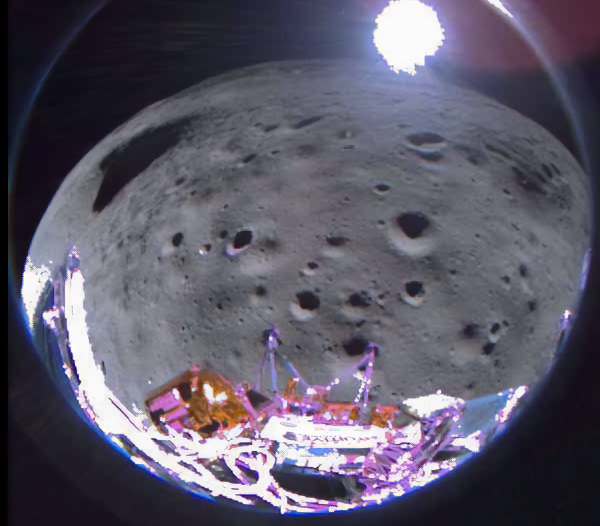
On February 22, Intuitive Machine’s Odysseus lander became the first private lunar lander to successfully touch down on the Moon and the first US lander in over 50 years. It made a clumsy landing, but was able to beam back an image from the region of the lunar south pole.
Though it wasn’t a perfectly smooth landing – the mission was cut short due to its sideways landing – it’s worth noting that over half of all lunar landing attempts have failed. Just a few months before Odysseus, in fact, Russia’s Luna-25 mission and the US private Peregrine Mission One failed to land on the Moon.
6. Japan’s SLIM lunar lander
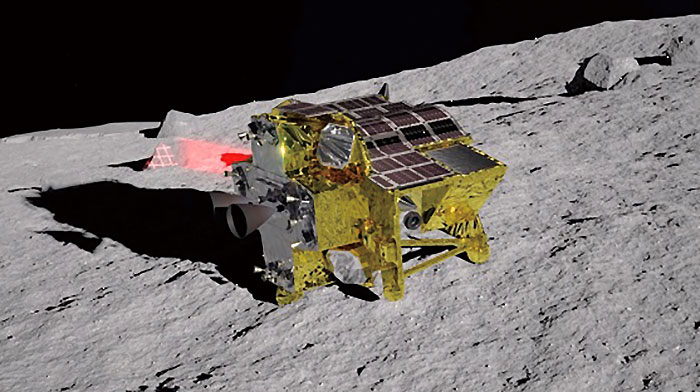
Much like Odysseus, Japan’s SLIM lunar lander also touched down awkwardly. Though it landed on its nose, Japanese space agency JAXA officials announced they were satisfied that they were able to successfully test their precise landing technology.
That vision-based navigation technology could be crucial for future space missions to distant regions of the Solar System. Shortly after the landing, SLIM project manager Shinichiro Sakai said, “we proved that you can land wherever you want, rather than where you are able to.”
7. Europa Clipper launch
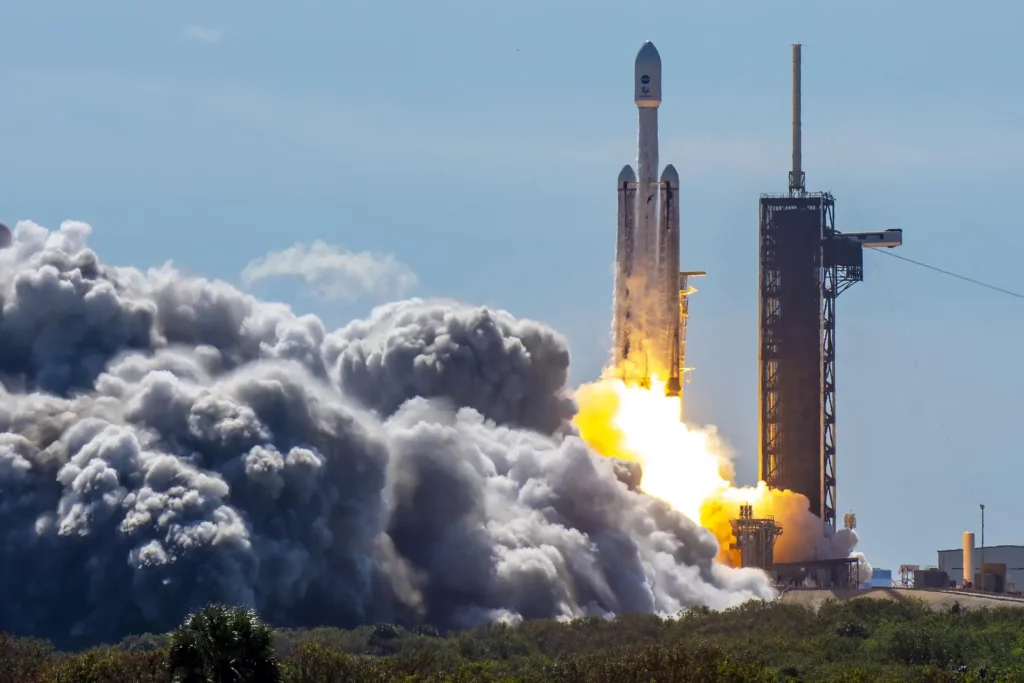
NASA’s Europa Clipper mission has the potential to prove alien life exists. The mission launched atop a SpaceX Falcon Heavy rocket on October 15. The Europa Clipper spacecraft is now on its way to Jupiter. It is expected to arrive at its destination by 2030. Once there, it will investigate Europa, the smallest of the four Galilean moons orbiting.
Europa Clipper will analyze the icy outer crust of the Jupiter moon, which is roughly 15 miles (25 km) thick. Scientists believe Europa features an internal saltwater ocean beneath the Moon’s icy exterior. This ocean is believed to contain twice the amount of water we have on Earth. It may also have suitable conditions for supporting life.
8. A new human spaceflight record
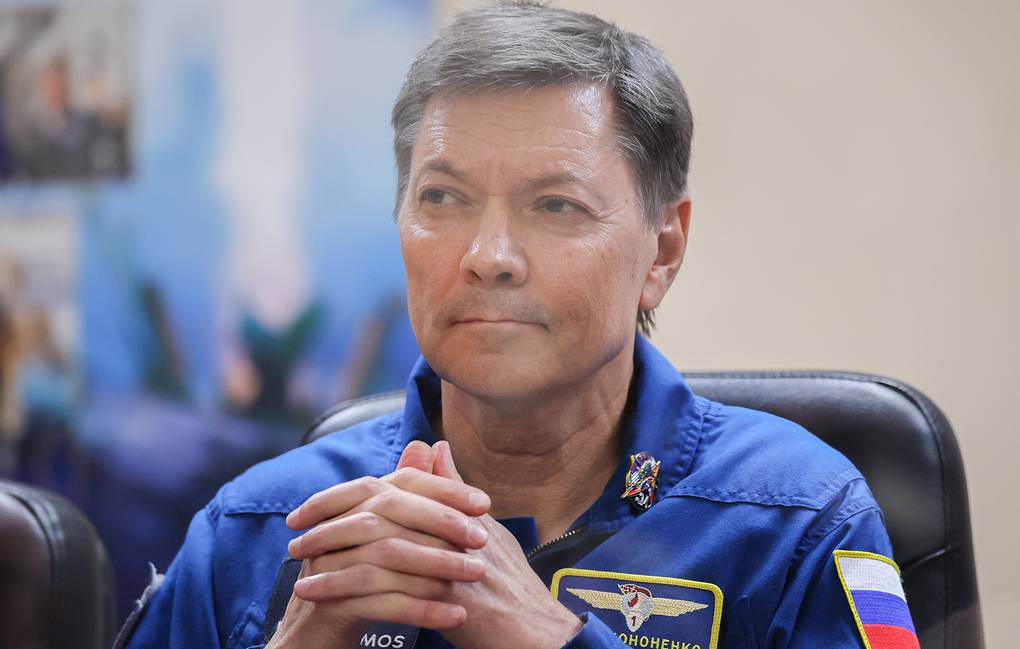
In June, Russian astronaut Oleg Kononenko became the first person to spend a total of 1,000 days in space. He broke the previous spaceflight record held by his fellow countryman, Gennady Padalka.
Konenko’s record-breaking spaceflight took place aboard the International Space Station (ISS). The cosmonaut launched to the orbital lab in September 2023, alongside NASA astronaut Loral O’Hara and compatriot Nikolai Chub.
9. ESA’s Hera launch
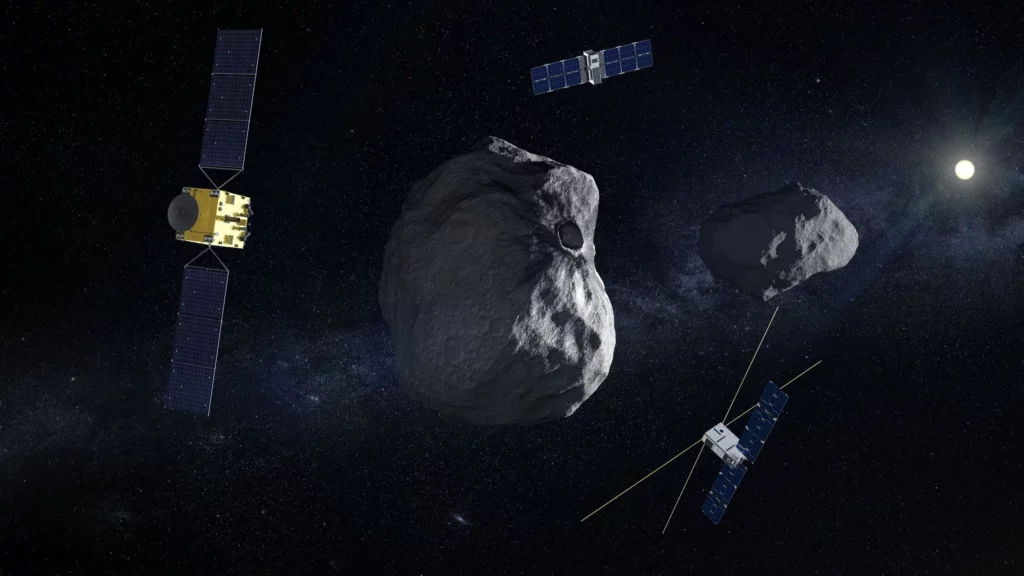
The European Space Agency’s Hera mission launched aboard a SpaceX Falcon 9 rocket in October. It is the first mission in history to send a spacecraft and two CubeSats to an asteroid in deep space.
The mission is on its way to the binary asteroid system dydimos. Once there, it will investigate the crash shite of NASA’s DART spacecraft. Back in 2022, the DART spacecraft purposefully slammed into the asteroid moonlet Dimorphos, in order to change its course. The goal was to test a planetary defense method that could one day save humanity.
“Thanks to the DART impact and Hera’s measurements, for the first time, we will know the efficiency of deflection by a spacecraft,” Patrick Michel, Hera mission principal investigator, explain to IE in an October interview.
10. Europe’s first hop test
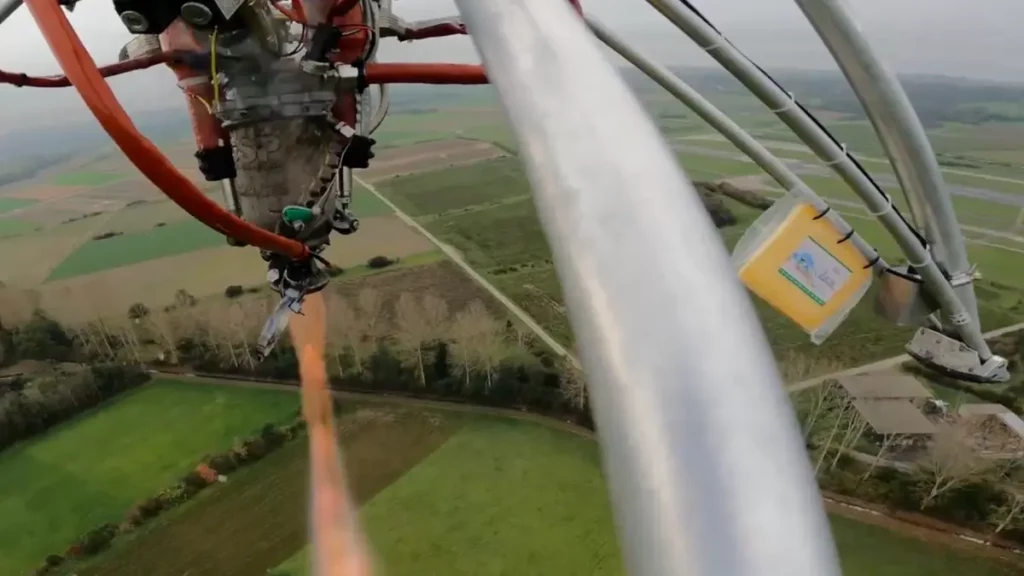
This launch has gone somewhat under the radar, perhaps due to the fact it was a smaller scale project led by students. In our minds, it makes the achievement all the more impressive.
A team from the Swiss Federal Institute of Technology Lausanne in Switzerland performed Europe’s first successful rocket hop test. The group, the Gruyère Space Program (GSP), launched their COLIBRI test vehicle to an altitude of 105 meters before bringing it back down to land. Hop tests are a crucial milestone for any reusable rocket program.
11. James Webb’s stunning Horsehead Nebula image
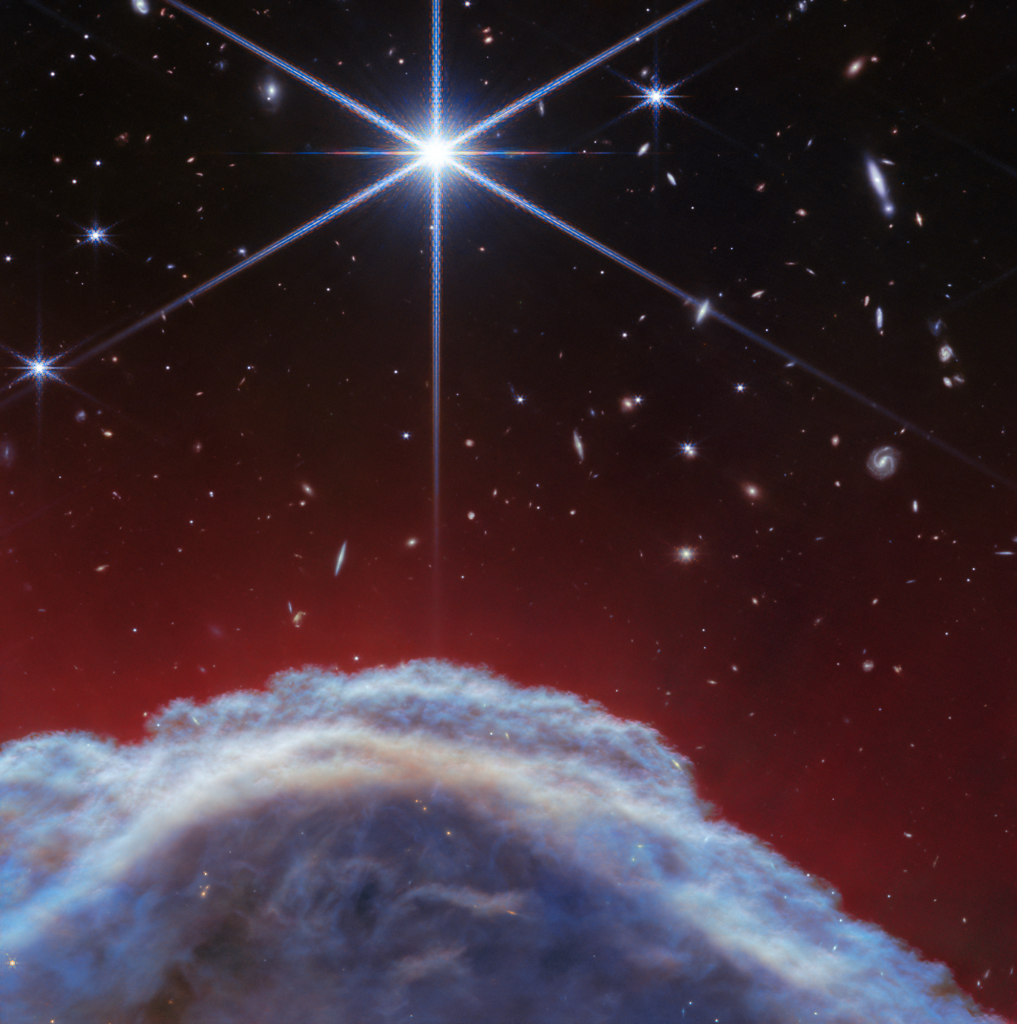
NASA’s James Webb Space Telescope continued to capture incredible imagery this year. Though picking the best is a difficult choice, this image shows the iconic Horsehead Nebula in unprecedented detail. It is clearly visible as bluish turbulent waves of gas rising from the western side of Orion B.
The new image reveals new details for scientists to pore over. According to NASA, the Horsehead Nebula “formed from a collapsing interstellar cloud of material, and [it] glows because it is illuminated by a nearby hot star.”


